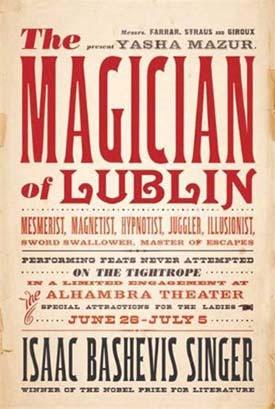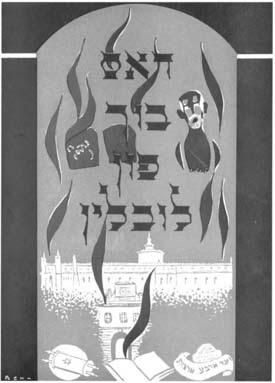Weekly Reader: The City of Lublin
June 19, 2022
In the Jewish historical imagination, our Eastern European past often becomes homogenized into an indiscriminate mixture of picturesque shtetls and unspeakable pogroms: Fiddler on the Roof, in other words. Even for those of us who aspire to a more nuanced understanding, that past can sometimes run together as one big Yiddishland, with only minor distinguishing features here and there. But the truth is that each place and period had its own personality, its own character, its own story. Today we’re taking a look at one of the most notable locations of Eastern European Jewish life: the city of Lublin. From the Council of the Four Lands to the novels of Isaac Bashevis Singer, there’s enough in that one spot to occupy a lifetime of study and discovery. Here’s just a taste.
—Ezra Glinter
Glass Plates

In 2012, a collection of more than 2,700 glass-plate negatives were found in an attic by a team of workmen. The photographs, taken between 1914 and 1939, show the full breadth of Jewish life in Lublin, yet until recently the photographer’s name was unknown. Piotr Nazaruk, curator at Poland’s Grodzka Gate–NN Theatre, shares the story behind the discovery of the glass plates and the quest to discover their creator’s identity.
Listen to a lecture by Piotr Nazaruk
Magical Thinking

Isaac Bashevis Singer’s novel Der kuntsnmakher fun Lublin—serialized in Forverts in 1959 and published in English in 1960 as The Magician of Lublin—tells the story of a performer who, like Houdini, is adept at getting himself out of seemingly impossible situations: affairs with women, poverty, criminality, and more. In this talk, Professor Anita Norich explores the questions Singer poses in the novel about sin, evil, faith, and the choices available to Jews living in the modern world.
Listen to a lecture by Anita Norich
On the Trail of the Salamander

Isaac Bashevis Singer’s first literary venture was lost for almost a century—until a partial copy in a cache of old printers’ proofs turned up in an attic in Bilgoraj, the Polish town where Singer lived as a teenager. The proofs were the biggest clues in a mystery worthy of Bashevis himself—the complete disappearance of Salamandrye (Salamander), the literary journal he edited as a young man. No library in the world has a copy. Not a single one appears to have survived. It is as if the young Singer had devised the perfect vanishing act—a mythical journal named after a creature with supposed supernatural powers.
Read about the hunt for Singer’s Salamander
Where are the Jews?

Since its opening in 2013, the POLIN Museum of the History of Polish Jews in Warsaw has received widespread praise for its telling of Jewish history, Polish history, and the complicated intersection of the two. But POLIN’s genesis story is a trip to a Lublin museum by Barbara Kirshenblatt-Gimblett, director of the museum’s core exhibition.
Watch an oral history interview with Barbara Kirshenblatt-Gimblett
In Memoriam

As for other Jewish communities destroyed in the Holocaust, a memorial book was created for Lublin to document the history of the city’s Jewish population and its destruction. That yizker bukh was published in Paris in 1952 and can be read in its entirety on our website, along with the memorial volumes for many other communities.
